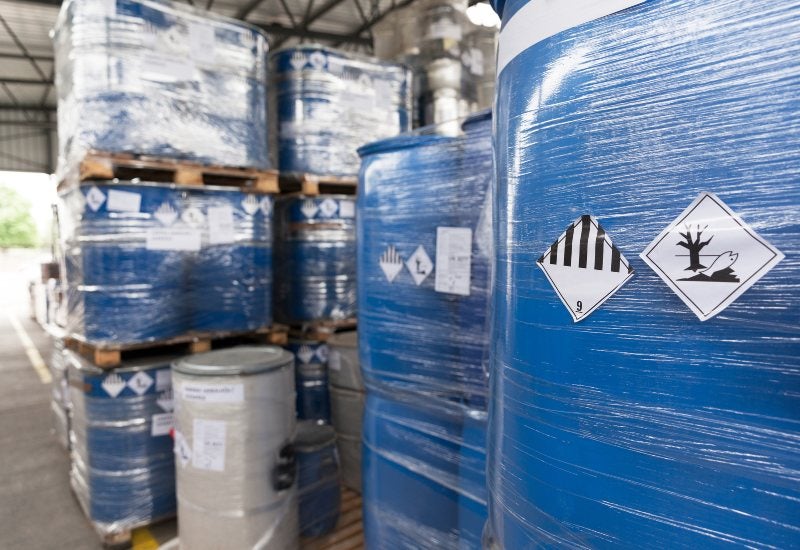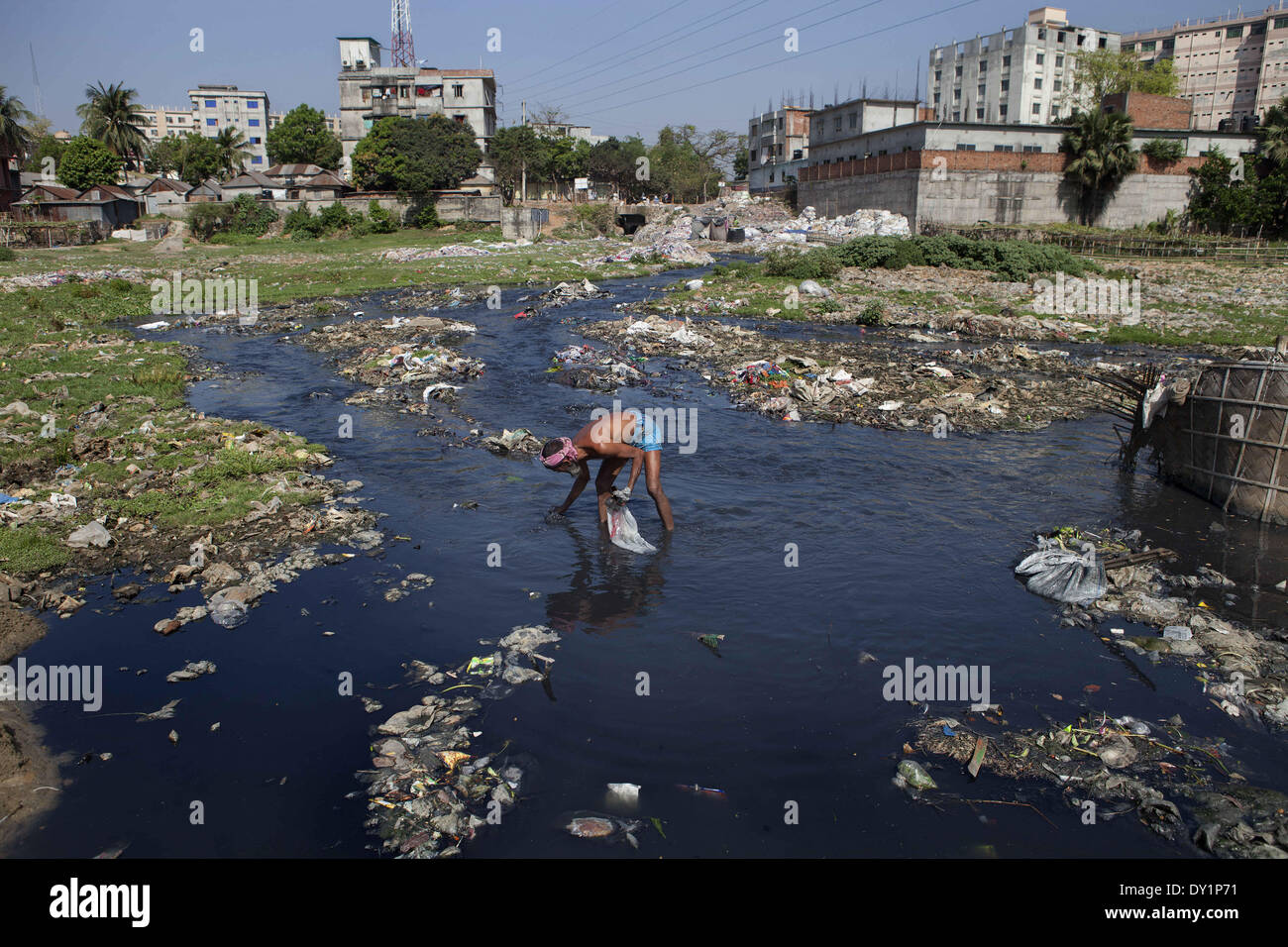Expert Liquid Waste Removal Melbourne: Quick and Budget Friendly Solutions
Expert Liquid Waste Removal Melbourne: Quick and Budget Friendly Solutions
Blog Article
How Fluid Garbage Disposal Works: A Comprehensive Overview of Strategies and Technologies Utilized

Summary of Fluid Waste Types
The complexity of liquid waste types necessitates a detailed understanding of their characteristics and ramifications for disposal. Liquid waste can generally be classified into several types, including industrial, community, agricultural, and contaminated materials. Each group shows distinctive properties, calling for specific management techniques to alleviate environmental and health and wellness risks.
Industrial liquid waste stems from manufacturing procedures and frequently consists of a range of pollutants, such as hefty steels, solvents, and organic substances. Community fluid waste, mainly making up wastewater from households and business facilities, contains raw material, nutrients, and pathogens (industrial wastewater treatment). Agricultural fluid waste, including runoff from ranches, might consist of fertilizers, pesticides, and pet waste, posturing dangers to water quality and ecosystems
Hazardous fluid waste is characterized by its poisoning, reactivity, or possible to trigger harm. This category consists of compounds like acids, bases, and certain chemicals that demand strict handling and disposal protocols. Recognizing these diverse liquid waste kinds is vital for establishing effective disposal techniques and ensuring conformity with ecological policies. Correct classification and characterization are necessary for executing ideal treatment techniques and decreasing the unfavorable influences on public health and wellness and the environment.
Physical Treatment Approaches

Testing is the preliminary step, where larger particles and debris are gotten rid of from the fluid waste utilizing screens or grates. This process protects downstream equipment from damages and makes certain smoother procedure. Complying with screening, sedimentation utilizes gravitational pressure to different solids from fluids. In sedimentation containers, heavier bits clear up near the bottom, forming a sludge layer, while the clarified fluid can be additional treated.
Purification is an additional essential method that entails passing the fluid via permeable products, such as sand or membrane layers, to record smaller sized fragments. This action improves the quality of the liquid, making it suitable for subsequent treatment procedures.

Chemical Therapy Methods
Chemical treatment techniques are vital for successfully taking care of fluid waste, especially in addressing liquified and colloidal impurities that physical approaches might not properly get rid of. These techniques use numerous chemical agents to reduce the effects of, precipitate, or transform harmful substances into less harmful types.
One usual approach is coagulation and flocculation, where chemicals such as alum or ferric chloride are contributed to advertise the gathering of put on hold particles. This process boosts sedimentation, permitting simpler elimination of the resulting sludge. In addition, oxidation processes, utilizing representatives like chlorine or ozone, are used to break down complicated natural compounds and virus, rendering the waste more secure for discharge or more treatment.
Neutralization is one more essential technique, which readjusts the pH of acidic or alkaline waste streams to neutral levels, stopping potential damage to downstream systems and the atmosphere. Moreover, progressed oxidation procedures (AOPs) make use of mixes of oxidants and ultraviolet light to degrade persistent pollutants, achieving a higher level of treatment efficiency.
Biological Therapy Procedures
Organic therapy procedures play an essential role in the management of liquid waste by using bacteria to disintegrate natural issue and reduce contaminant levels. These procedures can be broadly categorized into cardio and anaerobic therapies, each employing specific microbial communities to achieve effective waste degradation.
Aerobic therapy involves using oxygen to promote the failure of natural products by germs. This procedure is frequently carried out in triggered sludge systems, where aeration tanks provide a conducive environment for microbial development, causing the oxidation of organic pollutants. The resultant biomass can be separated from dealt with effluent via sedimentation.
On the other hand, anaerobic therapy occurs in the absence of oxygen, relying on various germs to damage down natural issue. This technique is specifically helpful for high-strength waste, as it produces biogas, a sustainable power source, while minimizing sludge manufacturing. Technologies such as anaerobic digesters are regularly used in commercial and municipal applications.
Both anaerobic and cardio biological therapies not only reduce the ecological influence of fluid waste but also facilitate source recovery, making them essential elements of sustainable waste administration approaches. Their performance, adaptability, and efficiency sustain their widespread implementation throughout numerous industries.
Arising Technologies in Disposal
Innovative methods to fluid garbage disposal are rapidly advancing, driven by improvements in modern technology and a boosting focus on sustainability. Among these arising technologies, membrane layer bioreactors (MBRs) have obtained traction for their ability to integrate biological therapy with membrane purification, resulting in top notch effluent that can be recycled click to find out more in various applications. MBRs make it possible for smaller impacts and much more effective operations compared to traditional systems.
Another encouraging advancement is making use of anaerobic food digestion integrated with nutrient recovery modern technologies, which not just deals with fluid waste but likewise creates biogas and recoups useful nutrients like nitrogen and phosphorus. This double advantage enhances source performance and decreases ecological influence.
Furthermore, progressed oxidation procedures (AOPs) are being taken on for the degradation of complex organic toxins. These techniques utilize powerful oxidants and stimulants to damage down contaminants at the molecular level, using a very effective service for difficult waste streams.
Moreover, the combination of expert system and artificial intelligence in waste monitoring systems is maximizing functional effectiveness and anticipating upkeep, leading to look at this website minimized prices and improved environmental compliance. These technologies reflect a considerable shift in the direction of even more reliable and lasting fluid garbage disposal helpful hints practices.
Final Thought
To conclude, reliable fluid garbage disposal requires an extensive understanding of different methods and innovations. The combination of physical, chemical, and biological treatment approaches makes certain the efficient monitoring of diverse waste types. In addition, the emergence of ingenious innovations enhances treatment effectiveness and promotes sustainability in waste monitoring methods. By constantly advancing these methods, it ends up being feasible to attend to the growing obstacles connected with fluid waste, eventually adding to ecological protection and source recovery.
Liquid waste disposal is a vital aspect of environmental monitoring, calling for an extensive understanding of different strategies and technologies customized to various waste types. Liquid waste can extensively be classified right into numerous types, including commercial, municipal, agricultural, and harmful waste. Agricultural liquid waste, including overflow from ranches, might contain plant foods, chemicals, and animal waste, presenting threats to water top quality and environments.
Numerous physical therapy approaches play a critical duty in managing fluid waste efficiently - industrial wastewater treatment.In verdict, effective fluid waste disposal demands a thorough understanding of numerous strategies and modern technologies
Report this page